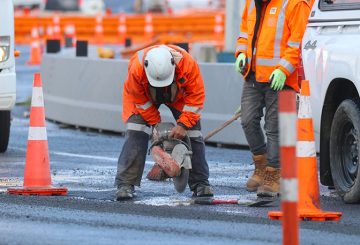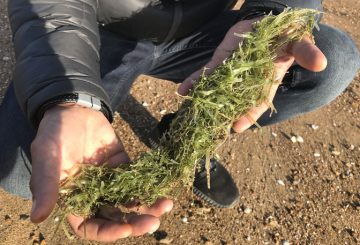Te Arawa和Sealord正在合作,将罗托鲁瓦地区周围的非生产性土地改造成原生森林。Sealord将在十年内向一项名为Ara Rākau的碳抵消计划投资1000万美元,该计划旨在抵消Sealord活动产生的部分碳。
该项目由蒂阿拉瓦渔业和新西兰碳农业公司设计,旨在最大限度地利用土地,提供就业机会,改善家庭成果,促进当地环境健康,包括蒂阿拉瓦湖的水质。
阿拉瓦渔业首席执行官克里斯·卡拉米亚·英斯利(Chris Karamea Insley)强调了碳经济对毛利人和新西兰总体气候目标的好处。克里斯说,该计划为毛利人提供了一个重要的机会,使经济、文化、社会和环境受益。
Sealord首席执行官道格·保林强调了该公司对可持续发展的奉献以及自2019年以来为减少23.7%的碳足迹所做的努力。道格承认在其运营中进行更大幅度的碳减排存在局限性,并将这种伙伴关系视为进一步抵消其碳排放的长期计划。
实际种植和森林管理将由新西兰碳农业负责。导演马特·沃尔什(Matt Walsh)对这种伙伴关系表示兴奋,指出它为解决气候变化和生物多样性丧失问题提供了机会。该项目将纳入毛利人的知识,以确保最佳做法,并旨在过渡到生物多样性的本土环境,为环境和地方发展带来
好处。

















































-660x440.jpg)












